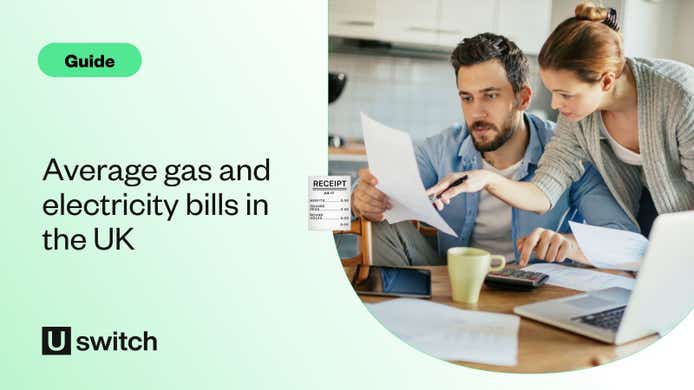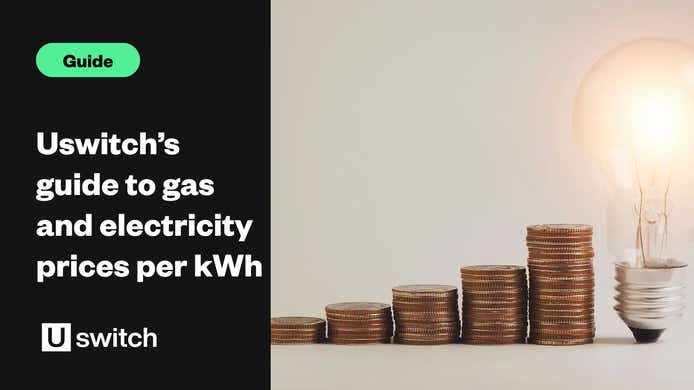The number of energy suppliers in the market has shrunk due to the volatility of wholesale prices since September 2021, which has made Octopus Energy one of the biggest suppliers now operating.
In this guide, we break down what a typical Octopus Energy bill looks like and where the information you need to be paying attention to is located on it.
Overview of charges

On the first page of the bill, you can see the overview of your charges for the billing period. Your new (current) balance is about halfway down the page, and the calculations that comprise it are above. While this customer uses gas and electricity, those who only use one or the other will only see charges relating to that fuel. The personal information (blanked out for privacy here) include the customer’s address, meter numbers and account number.
Tariff information and usage and charges breakdown

The second page of the bill breaks down the overall charges into kilowatt-hour usage and includes unit rates and standing charge calculations so you can see exactly how much you’ve used and why it’s cost you the amount it has. This bill is slightly more complicated than most because of the Energy Price Guarantee, which caps the unit rates for energy. We can see what the energy use would have cost the customer, and how much of that initial cost the EPG has removed.
This page is also where you’ll find your tariff name (on the right-hand side) if you need to know what it is.
Contact information

The final page shows contact information for Octopus’s customer service team and sets out the process for making a complaint. It also invites customers to visit the supplier’s website to find energy-saving advice - for personalised energy saving information, you can also download Utrack, Uswitch's free mobile app that connects to your smart meter, monitors your home energy usage and shows you where you can save.




